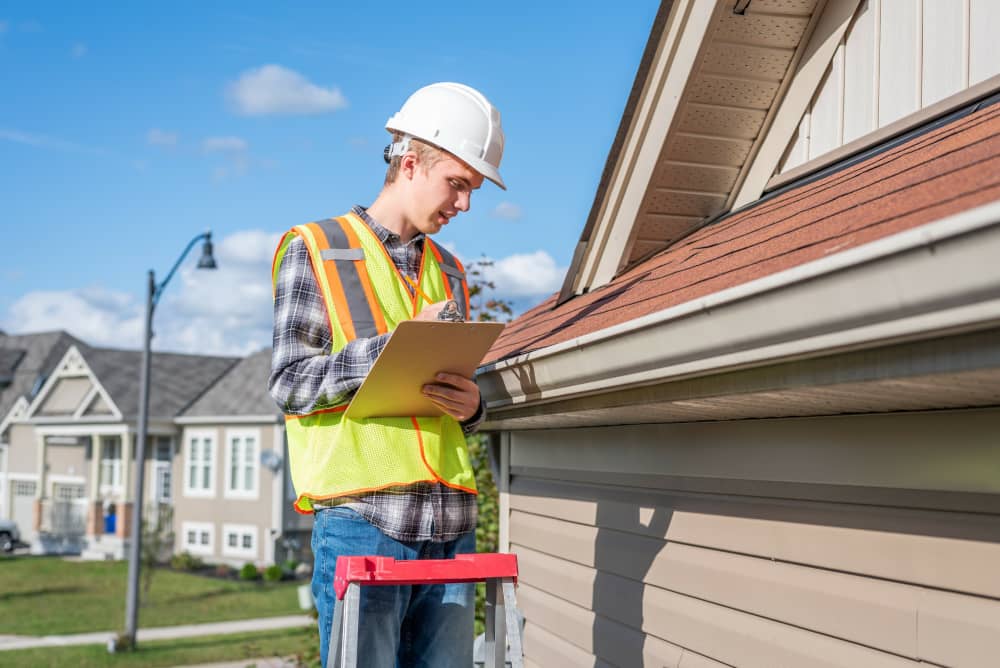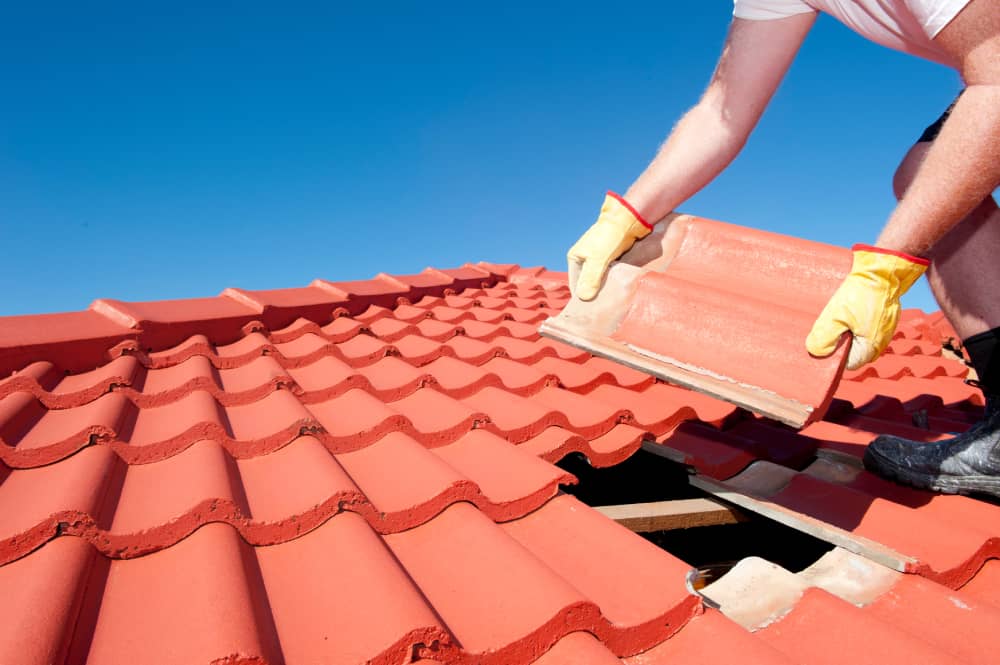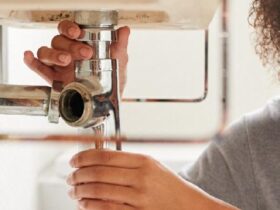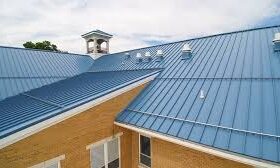Roofing is one of the most significant portions of a house. It protects the structure from extreme wind, sunlight, and year-round weather elements while contributing to the overall aesthetic appeal of the property.
A roofing inspection and maintenance ensures that the roofing will remain durable and appealing for an extended time. Primarily, this allows homeowners to determine whether their roofing already shows signs of damage. Suppose you want to know more about roofing inspection and maintenance. In that case, here’s an article to guide you. So, read on!

Steps in Roof Inspections
If you want a comprehensive roofing inspection, you may contact a professional roofing inspector in your area, such as T Bare Roofing and others. Often, these companies have the muscles and tools to check the roofing for damages. In choosing a roofing inspector, consider the variety of services and the work quality it can provide.
Whether you hire an inspector or do the procedure on your own, you can follow the steps below for a systematic approach to roofing inspection:
- Examine The Roof Membrane
Checking the roof membrane includes inspecting the portions showing shrinkage, blisters, punctures, and deep scratches. Roof membrane examination shall also include attachment checking, especially if the roofing has been exposed to wind uplift and similar issues. If you want to inspect the ply, gently tap it to see whether the roofing material has gone brittle and needs replacement.
- Inspect The Flashings
Aside from the roof puncture and misalignment, damaged flashing is another cause of leaks. The common signs of this issue are cracked caulking and bent flashings. If the flashings are a little detached, you may need to fasten them to the bases of chimneys, vents, and walls to prevent leaks and material damage.
In checking the flashings, you may need to inspect them in a one-way approach and focus area by area. You may also use a sprayer to see if the flashings detach when applied forcefully.
- Clean Drains And Gutters
Removing the dirt and clutter in the drains and gutters is necessary for you to know if these parts have hidden damage. The dirt sometimes covers common problems, such as hardware failure, gutter corrosion, and foundational rot.
Cleaning drains and gutters allow you to see the blockage and allow water to move freely. You may use a gutter scoop, a broom, a gutter vacuum tool, and a mechanical brush to clean the gutters and drains. You may also mix a solution using the cream of tartar and vinegar to dissolve the blockage in the drains.
- Get Rid Of The Debris
Like the debris in the drains and gutters, the dirt and grime in the shingles and other roofing materials may cause rust and muck buildup. If neglected, this may lead to foundational rot and even collapse. To prevent this, you must sweep the debris and scrape the hardened grime and rust if necessary.
You may use a broom or a scraping tool to remove the debris. However, ensure you may not scrape too strongly to avoid puncturing or denting the roof. If you’re cleaning during a dry season, you may use a pressure washer to remove the debris to guarantee that the top will be free from dirt.
Check Roof Insulation

You may look for sagging insulation materials if you check your roof insulation for damage. In many cases, this situation calls for immediate repair. Ignoring this may lead to moisture buildup and other severe insulation problems. This may also lead to more large-scale and costly roofing issues.
Other signs of damage that you need to watch out for and act on are the appearance of molds and mildew. This usually means leaks happen due to moisture buildup or broken roofing material. You may also need to inspect blocked vents and imbalanced insulations system due to blockage or damage.
- Check Seals And Joints
Inspect the areas where roofing materials meet or join. Look for the portions where the leaks may start from. You can re-caulk these areas or replace the materials if they become too detached or damaged. In re-caulking, ensure that you thoroughly remove the old adhesive before re-applying with the new sealant to guarantee that the materials are entirely sealed.
- Look For Common Roofing Problems
Apart from the leaks and material detachment due to natural wear and tear and external damage, you must also look for other common problems. This way, you can identify the portions that need repairs and replacements, saving time, effort, and money.
For this purpose, here are the common roofing issues:
- Poorly Driven Nails
Improperly driven nails usually cause punctures and leaks. If you see this upon inspection, you may need to remove the old nails and drive new ones along the proper roof frames. The nails should be tightly fastened but not overdriven.
- Chimney Problems
If your house has a chimney, ensure enough sealant to avoid water damage that may cause leaks and structural damage in the sidings. You may add an extra layer of masonry water repellent to block the various possible passage that water may pass through.
- Pipe Boot Failure
The pipe boot refers to the sealing material and flashing wrapping the pipe. Like the seals and joints in the sidings, the seals around a pipe may also harden through time, become brittle and crack. This may lead to leaks and loosening of the lines.
- Miscellaneous Roofing Errors
These may include loose screws, missing roof accessories, and improper installations. While these may look minor and harmless, they still need immediate action if noticed to ensure that the roofing materials are intact and aligned and avoid future roofing problems.
Wrapping Up
Roofing inspection and maintenance are vital to keeping the roofing materials in their best condition. This makes the most of the roofing and prevents waste of time, money, and effort. Suppose you want to know more about roofing inspection and maintenance. You can return to this article and take their tips and tricks to guide your actions. You may also ask seasoned roofing contractors and inspectors for more insights.











